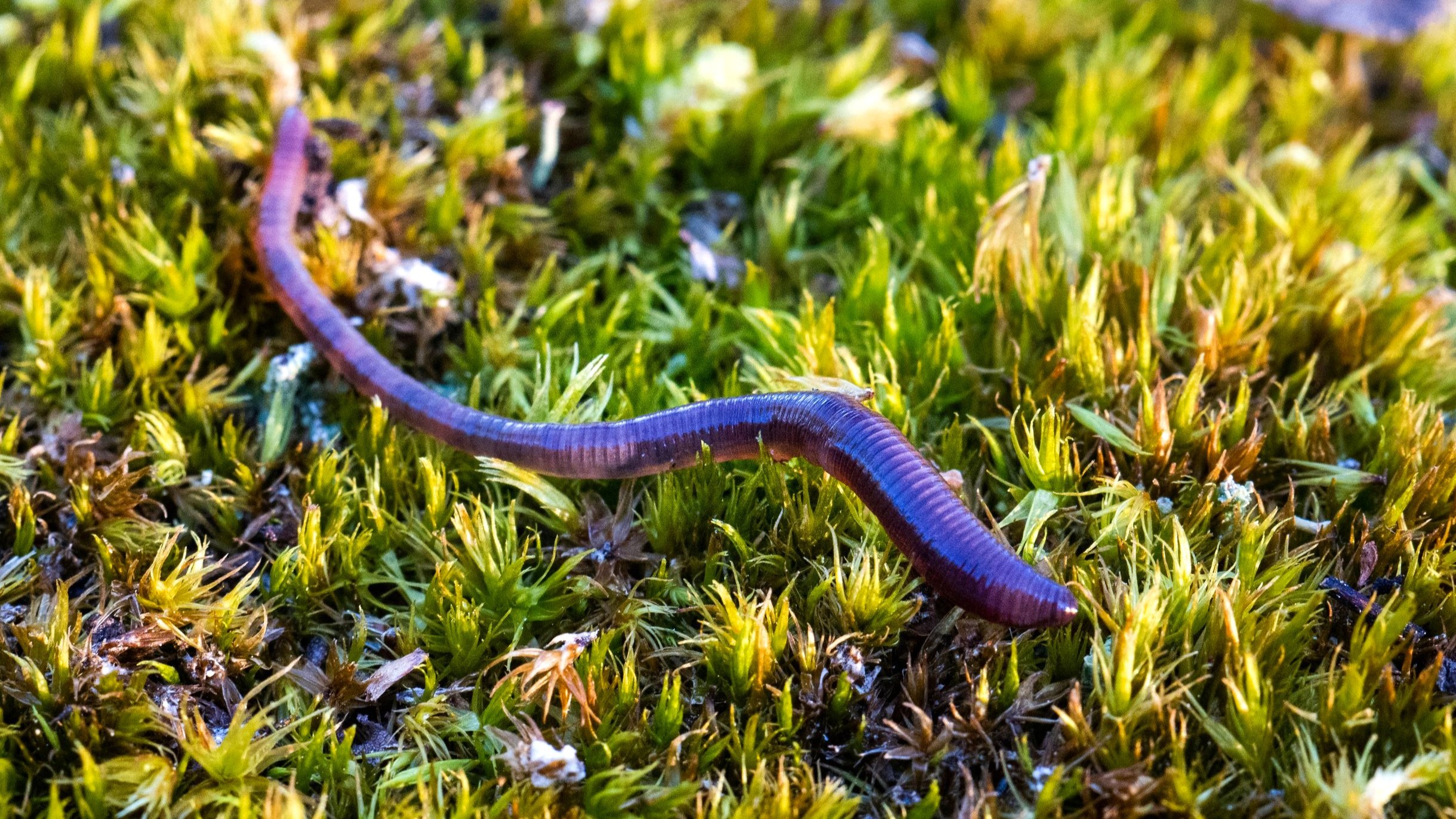
Rapid warming and rising human activity in northern ecosystems can increase spread of non-native species and lead to range expansions of native species. We are examining the spread of non-native earthworms in the Yukon, northern Alberta, and northern Saskatchewan, as well as the spread of non-native plants in the NWT. We're also working on a project looking at Indigenous knowledge to detect long-term changes in berry crops.
Key questions we're working on include:
What are the key drivers (e.g., climate, landscape, and human activity) that influence the spread of non-native earthworms in the Yukon?
What is the role of aquatic dispersal in the spread of earthworms?
How do road and stream corridors, as well as forest fires, affect the spread of non-native plants?
Invasions in the North
Effects of global change are poorly understood in belowground systems. In particular, it remains unclear how multiple global change drivers can interact and lead to synergistic effects on soil organisms. We are investigating effects of earthworm invasions on soil carbon storage as well as using meta-analyses to examine effects of global change drivers on soil fauna.
Key questions we're working on include:
How do climate change, land use change, and other global change drivers interact (synergistically or antagonistically) to affect soil fauna?
How do earthworm invasions affect soil carbon storage, and can eDNA methods be used to track earthworm distributions at large scales?
How does road salt affect soil and water properties?
Climate change and global change impacts belowground
Much of our knowledge of global biodiversity patterns and the underlying processes that drive them is based on aboveground organisms in terrestrial ecosystems. We are examining global patterns of earthworm diversity, how aboveground and belowground diversity patterns vary at large scales, and how soil biodiversity changes over time.
Key questions we're working on include:
How do key drivers of diversity (e.g., climate and habitat) affect distributions of native versus non-native earthworms?
How do soil ecological indicators change over time at the global scale?
Macroecology belowground
Previously we ran an earthworm invasion awareness project in Alberta, citizen/community science projects in Alberta and Finland, and worked on increasing awareness of the importance of soil biodiversity in Nova Scotia. Currently we are working to increase awareness and reduce spread of invasive jumping worms in Atlantic Canada, after they were first reported in the region in 2021.
